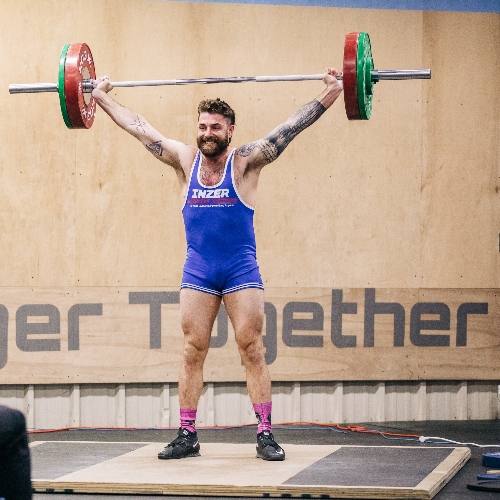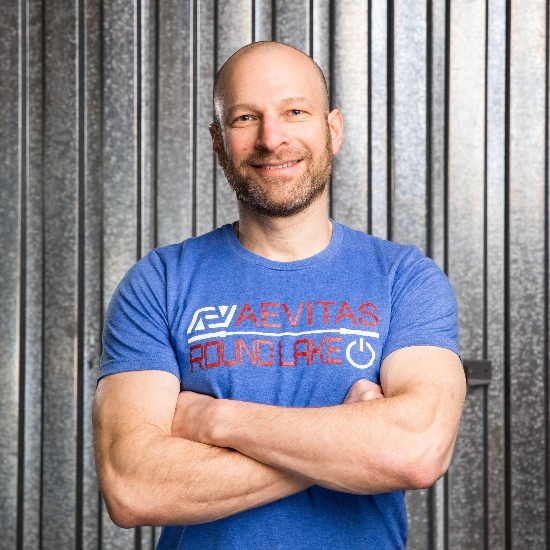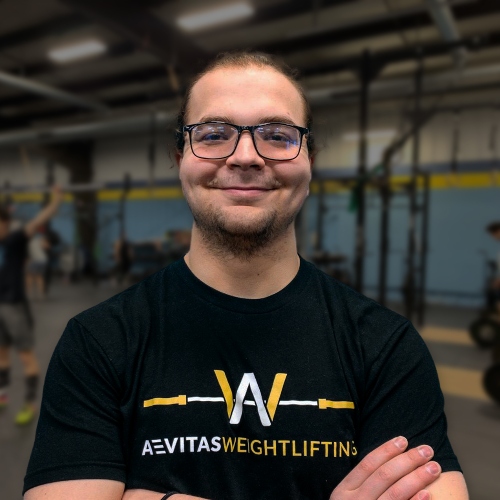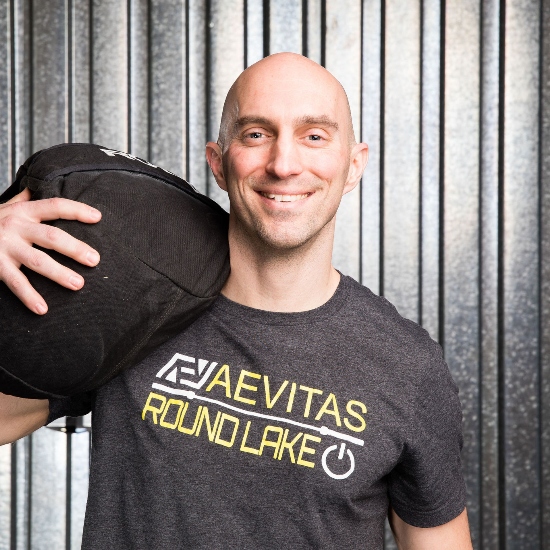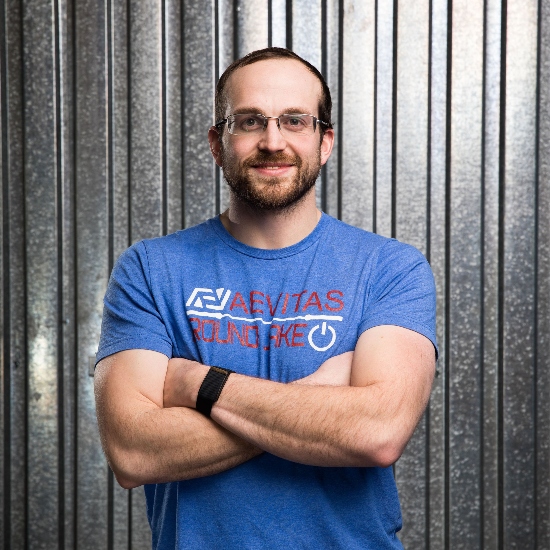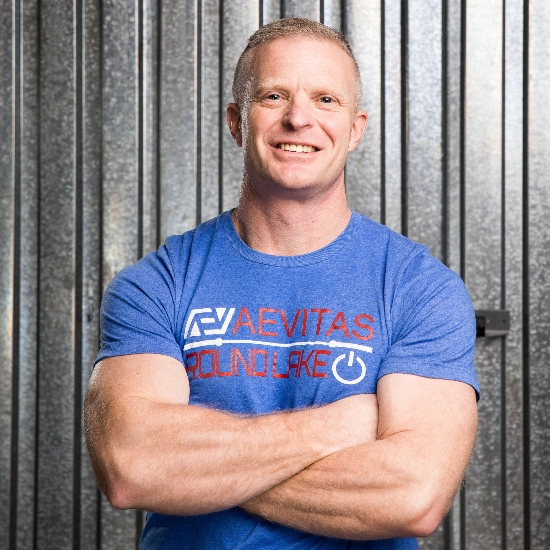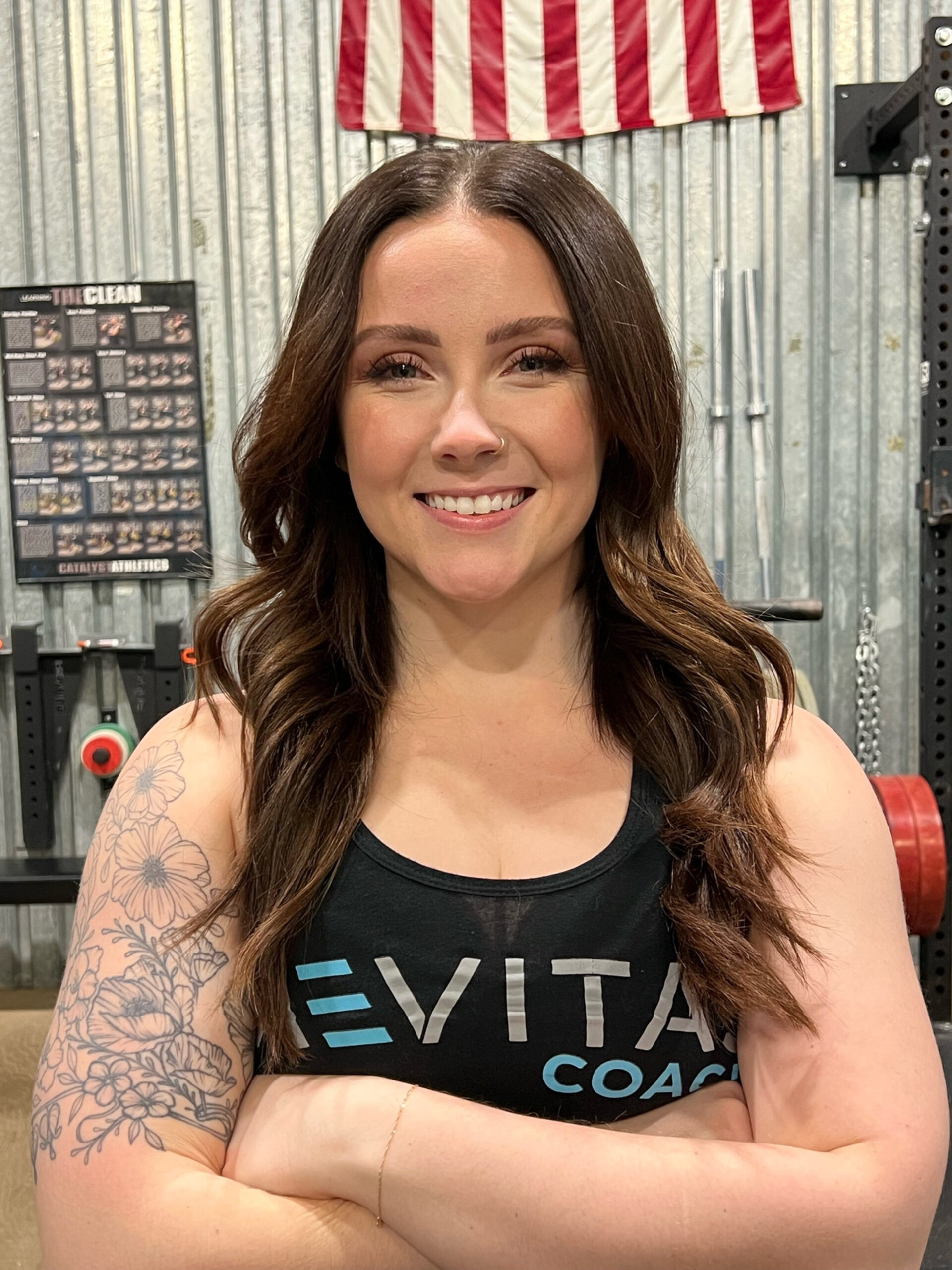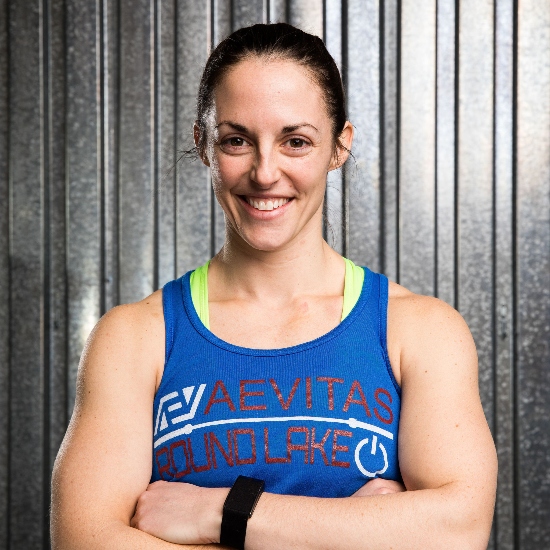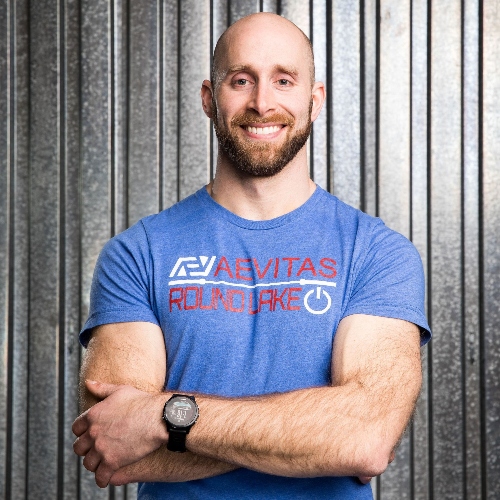More than just a gym.
Are You ready to...

Go To The Next Level Together?
Aevitas Fitness in Guilderland stands out as a unique gym. We are a community of like-minded individuals with a shared aspiration: to strive for our personal best. All fitness levels are warmly embraced here!

have a solid game plan?
Aevitas Fitness is an enjoyable venue for training, and you don’t have to be an athlete to join in! We offer expert guidance, our coaches will mentor and adapt your daily workouts to suit your individual needs!

Get More Done In Less Time?
Ready to achieve your goals and get more out of life? Join us and receive expert coaching that will help you succeed. We’ll help you create a plan for success and provide the support you need to achieve your goals.
Then We Are Ready...
To Guide You On Your Journey
No Matter Your Skill Level or Experience!
That's Why We've Created
FUNCTIONAL FITNESS PROGRAMS
TAILORED TO MEET YOU WHERE YOU ARE
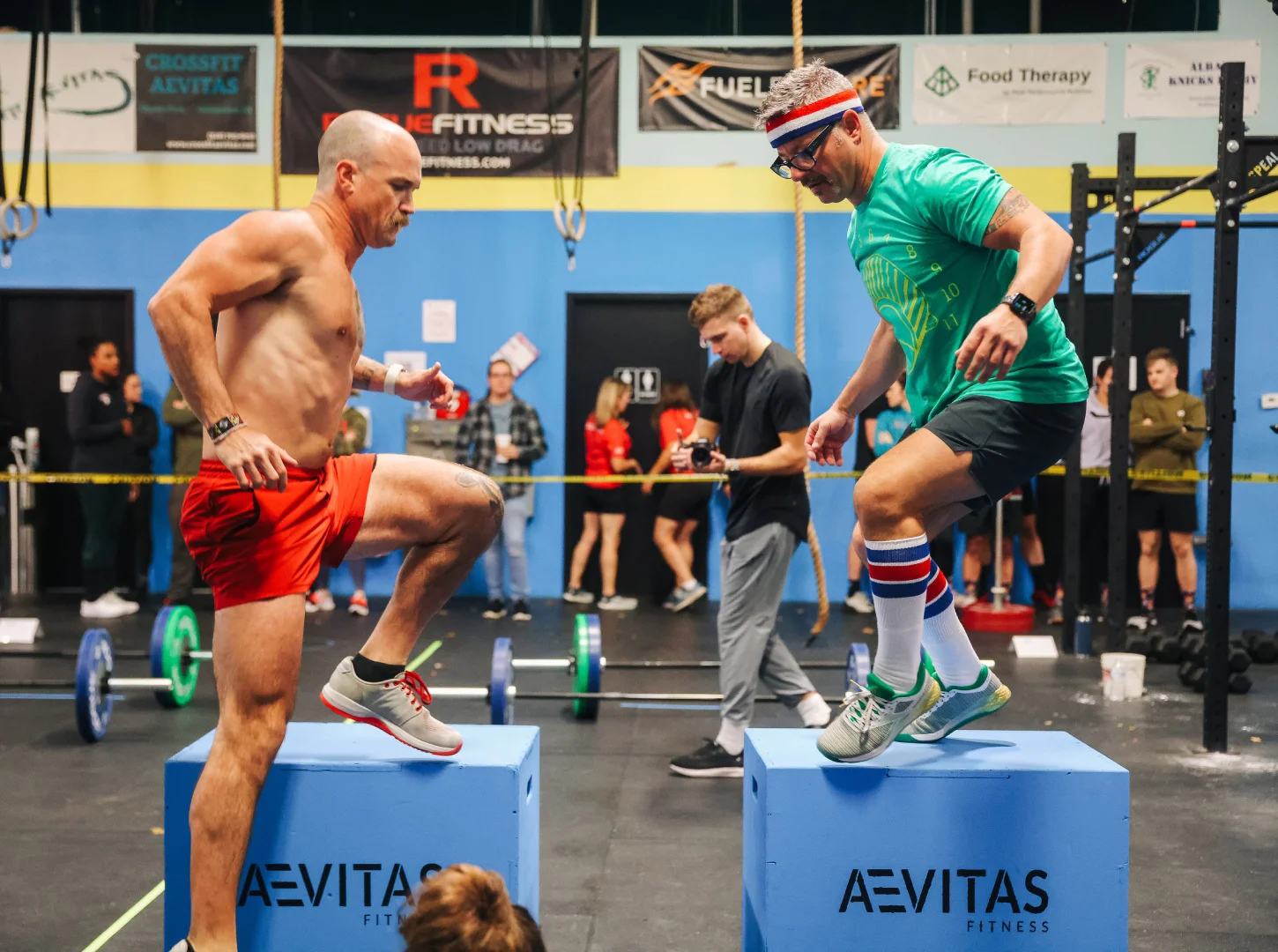
Group Training
Crossfit
Our experience staff of CrossFit Level 2 and Level 3 trainers will guide you through a general and specific warm-up to ready you for the demands of the WOD, or Workout Of the Day. Coaches will demonstrate proper technique, provide instruction and lead drills to help you improve your overall ability to perform.
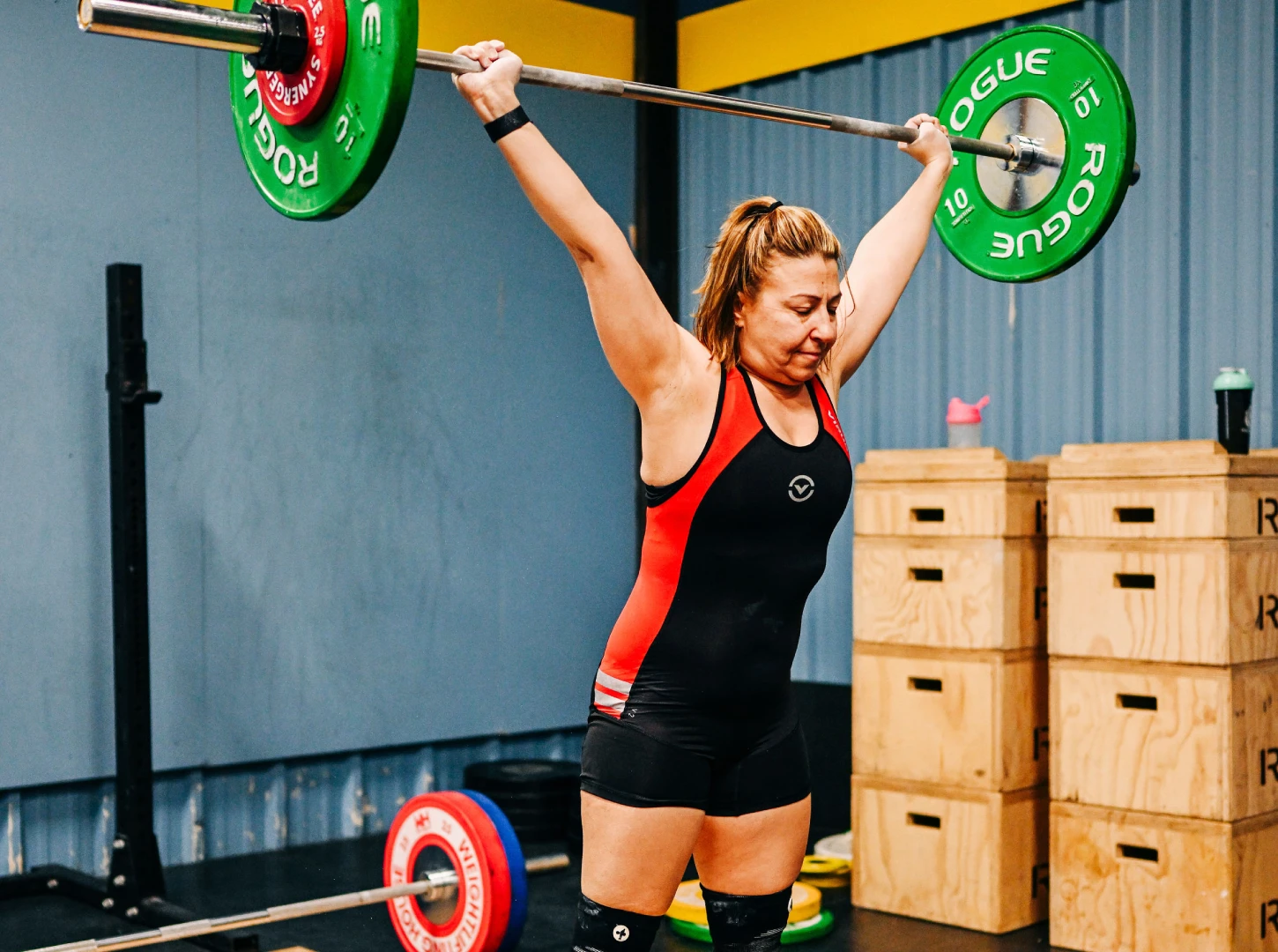
Small Group
Olympic Weightlifting
The focus will be on the following Olympic-style lifts: Snatch, Clean, Push-Press, Push-Jerk, and Split-Jerk. Whether you are a new or developing lifter, we’ll help you learn to lift with an efficient technique suited to your body.
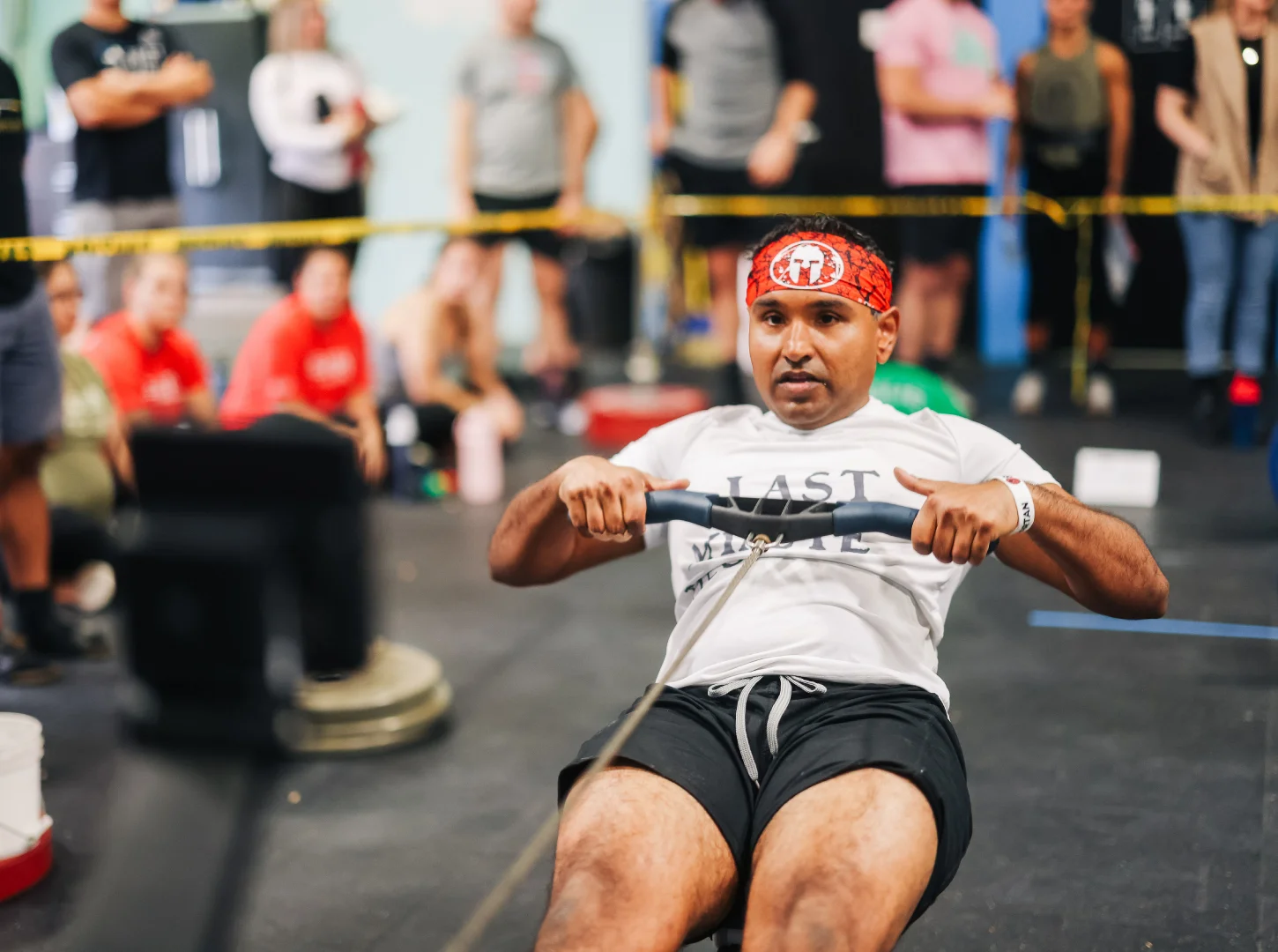
Beginner
ViTaFIT
No matter your previous exercise experience or current state of fitness, ViTaFIT can work for you! We scale the weights and intensity up or down based on your unique goals and capabilities, allowing you to get the best possible workout for YOU – and ultimately getting you to the results you want to see!
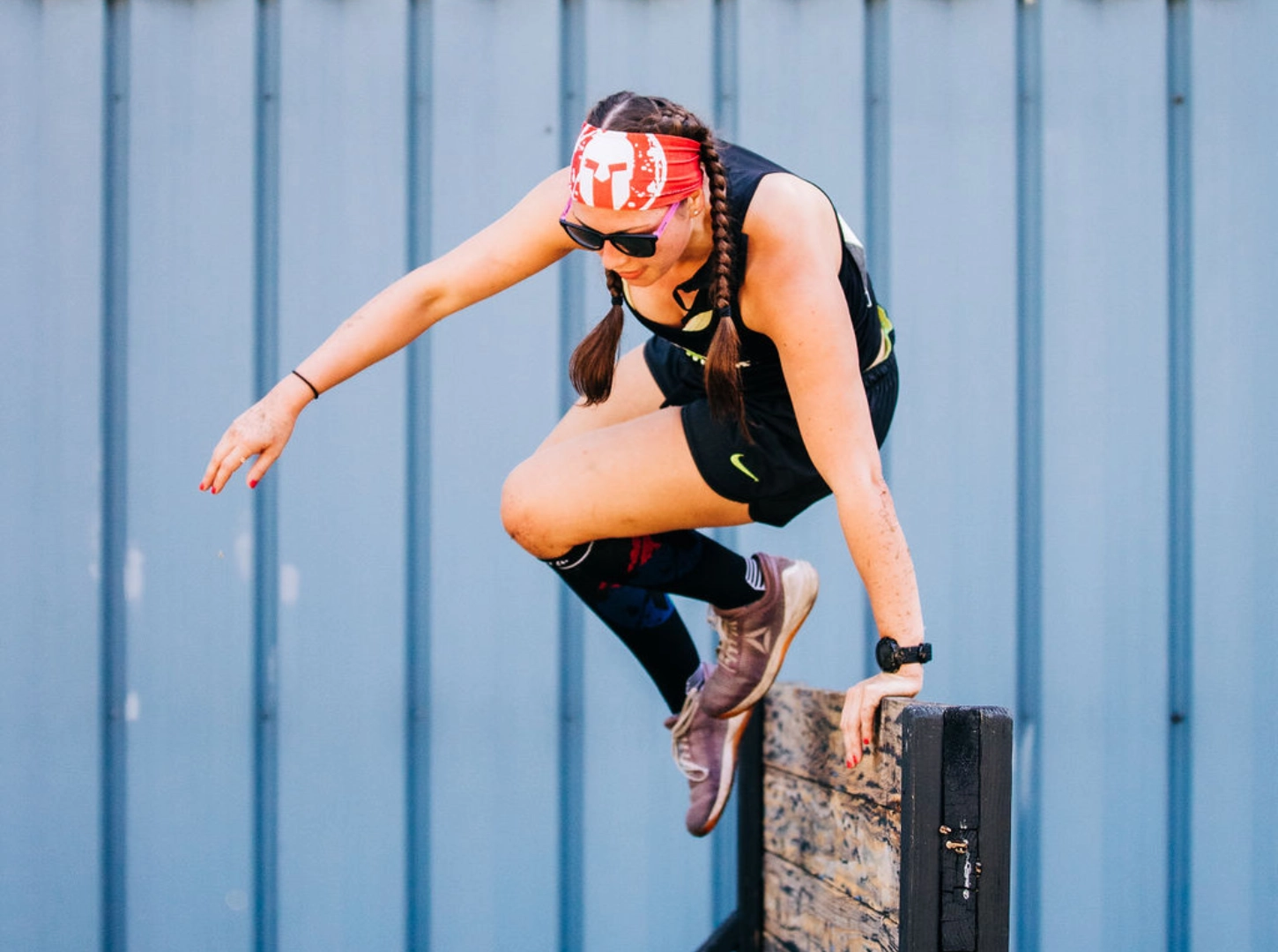
Group Based
Spartan
Obstacle Course Racing (OCR) is a group exercise program that combines traditional running with obstacles that require strength and skill development. We prepare you for you a myriad OCR competitions, endurance races, and fitness goals, depending on what type of race you have in mind. Some of the most popular OCR and endurance events our members compete in include Spartan Race™, Tough Mudder™, and GORUCK™ events.
WHAT ARE PEOPLE SAYING
CUSTOMER REVIEWS



Are You Ready To Level Up?
Getting Started Is Easy!
1. SCHEDULE YOUR FIRST VISIT
Talk with a coach about your goals and learn how we can get you to your best self.
2. START YOUR TRAINING
After defining your goals, you're now prepared to begin on your journey towards achieving them. To ensure a strong start, we'll guide you through our training fundamentals and help establish healthy habits, putting you on a path towards success.
3. HAVE FUN REACHING NEW LEVELS
Once you have the basics down you’ll book classes easily on our app, enjoy the workouts with awesome people and reach your goals in no time!
Aevitas Fitness
Our Current Schedule
Have Questions? We've got the answers right here!
Super simple! Just click get started anywhere here on the page to book your free intro session where you’ll get to tour the gym & meet our coaches.
We will chat about your current situation, your desired situation to see if we can help and if we are good fit for each other. Sign up today!
When you start at Aevitas Fitness, your fitness level will improve quickly, usually in the first 30 days.
The key to see results is consistency and commitment over time so that’s why we recommend 3 classes per week as a start. Sign up today!
Yes! We provide guidance on eating right or sleeping well which can help maximize energy levels – getting YOU maximum results from your efforts. Sign up today!
Nope! Most of our members start just like you. We assess each new members fitness level.
Then our workouts are “universally scaled”, with a different version of each days workout designed for every level. As you level up you can take on more challenging variants of the workout if you desire. Sign up today!
We are locally owned and purpose built to make an impact on the health and happiness in Albany and the surrounding area.
You’re not just a number here, everyone knows your name. We’re a community of like-minded people that wants you to show up and supports each other on this journey to live better lives – with no judgement or criticism along the way. Sign up today!
If you’re a beginner and just starting out then 2-4 times per week will be enough to see results and allow you to adjust.
You’ll be sore some days, so allow yourself recovery days between training sessions at first – over the course of the following months work up towards 5 days per week if you want to maximize! Sign up today!
We offer an exciting, challenging and varied programming which will keep it fun! The workouts are published in advance
Some days are more strength focused where will focus on our lifts. Movements like barbell squats, kettlebell swings and occasionally some olympics lifts will be included.
Other days, we may focus more on cardio & conditioning with rowers and bikes. Some days are focused on body weight movements like pushups, sit-ups, and pull-ups. Some days are a mix of everything. Sign up today!
Each class is 60 minutes and led by qualified coaches. We always start together with a warm-up designed to activate the muscles being used in the workout.
The coach will brief on the group on the workout, the movements, and the proper form. During the workout, the coach will be guiding and providing instruction.
At the end of class, we will cool down together to accelerate recovery and reduce potential injury. Sign up today!




